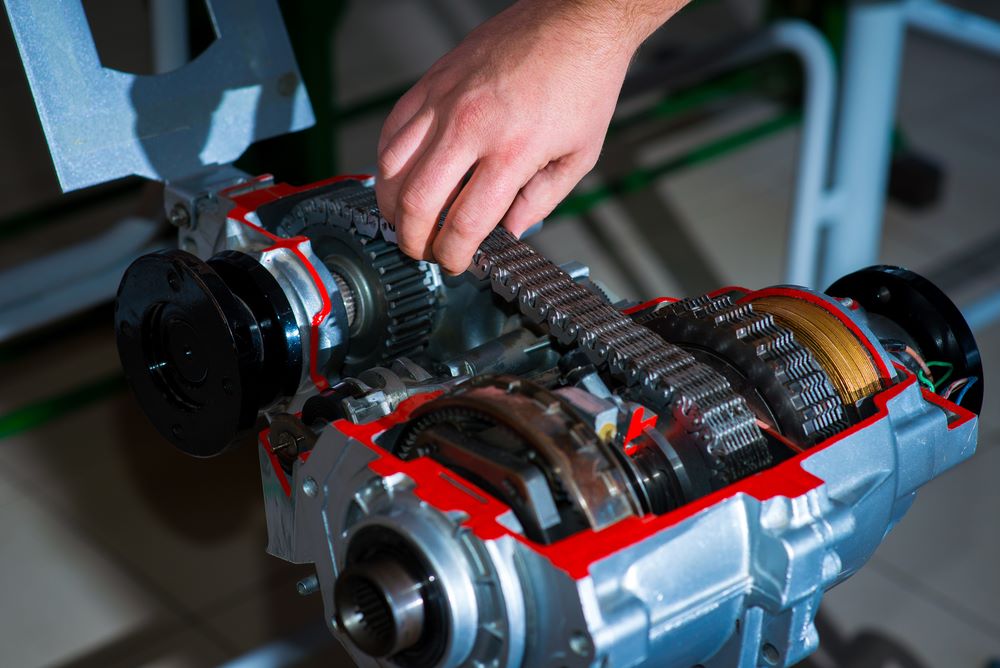How to Repair Transmission

Types of Transmission
Before we dive into the repair process, it is important to understand the different types of transmission. There are two main types:
Manual Transmission
A manual transmission requires the driver to manually shift gears using a clutch pedal and shift knob. It is usually found in sports cars and older vehicles.
Automatic Transmission
An automatic transmission uses a hydraulic system to shift gears automatically. It is more common in newer vehicles and is easier to drive compared to a manual transmission.
Common Transmission Problems
Here are some common signs that your transmission may need repair:
- Slipping gears
- Delayed shifting
- Transmission fluid leak
- Burning smell
- Noise coming from the transmission
Steps to Repair Transmission
Step 1: Identify the Problem
The first step to repairing your transmission is to identify the problem. You can do this by checking for any of the common signs mentioned above. If you are unsure, it is best to take your car to a mechanic for diagnosis.
Step 2: Check Transmission Fluid
Next, check the transmission fluid level and condition. Low or dirty fluid can cause transmission problems. If the fluid level is low, add more fluid. If the fluid is dirty or burnt, it may need to be changed.
Step 3: Replace Filter
If your car has a transmission filter, it is recommended to replace it during a transmission repair. The filter helps to keep the transmission fluid clean and free from debris.
Step 4: Replace Gaskets and Seals
Gaskets and seals prevent transmission fluid from leaking. If they are damaged or worn out, they can cause fluid leaks. It is recommended to replace them during a transmission repair.
Step 5: Repair or Replace Parts
If the problem is not resolved by the previous steps, the transmission may need to be repaired or parts may need to be replaced. This should be done by a professional mechanic.
Benefits and Drawbacks of Transmission Repair
Here are some benefits and drawbacks of repairing your transmission:
Benefits
- Extend the life of your car
- Save money compared to buying a new car
- Improve driving performance
Drawbacks
- Can be expensive depending on the extent of the repair
- May not completely resolve the problem
- May require regular maintenance
Conclusion
Transmission repair is an important process that can help you extend the life of your car and improve its performance. By following the steps mentioned above and taking your car to a professional mechanic, you can ensure that your transmission is in good condition and your car runs smoothly.
FAQs
Q: How often should I change my transmission fluid?
A: It is recommended to change your transmission fluid every 30,000 to 60,000 miles.
Q: How much does it cost to repair a transmission?
A: The cost of transmission repair can vary depending on the extent of the damage and the type of transmission. It can range from a few hundred dollars to several thousand dollars.
Q: Can I drive with a bad transmission?
A: It is not recommended to drive with a bad transmission as it can cause further damage to your car and put you in danger on the road.
Q: How long does a transmission repair take?
A: The time it takes to repair a transmission can vary depending on the extent of the damage and the availability of parts. It can take anywhere from a few hours to several days.
